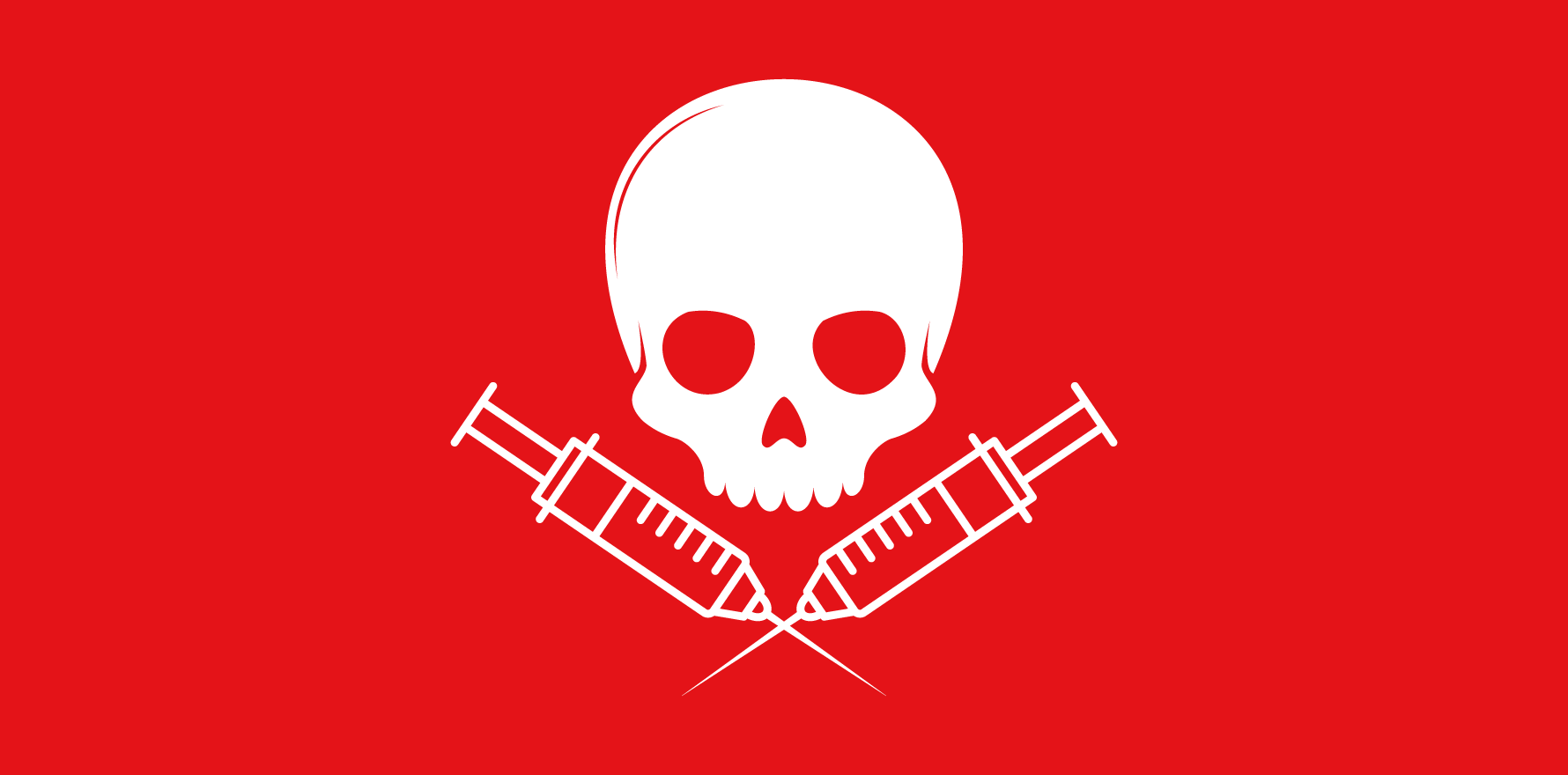The fragmentation of vaccination provision outside of general practice hasn’t increased vaccination, says the RACGP. And we need incentives (and disincentives).
Fragmentation of vaccine provision results in lower coverage, says the RACGP, meaning vaccination must return to the family GP.
New research out of the Grattan Institute has suggested that adult vaccination rates vary substantially depending on a person’s GP, prompting talk of reform.
According to the research, for influenza, for example, some GPs only vaccinated 40% of their older adult patients, while others vaccinated around 90% as of August 2023.
The gap was even more substantial for shingles: between 22% and 85%.
Covid vaccination saw a similar chasm, with the bottom 5% of GPs, around 1600, only vaccinating 16% of their patients older than 65, while the average rate across Australia was 51%.
The vaccination rates typically reflected the type of population GPs were servicing. GPs with more disadvantaged patient and patients with lower English proficiency tended to have lower vaccination rates.
But even within the same areas, vaccinations rates were variable.
Within southwestern Sydney’s Bankstown, pneumococcal vaccination rates differed 18-fold between some GPs. Covid vaccination rates were similarly varied with a seven-fold difference.
In Wyndham, in western Melbourne, the pneumococcal vaccination rates differed 10-fold between the GPs with the highest and lowest rates, and three-fold for covid.
Similarly on the northern Gold Coast, the 25% of GPs with the lowest rates of vaccination only vaccinated, on average, 27% of their older patients, whereas the top 25% vaccinated almost 60%.
The Grattan Institute suggested a “three-pronged national strategy”, to help Australia “lift its vaccination game”.
Step one, a funding overhaul.
The paper suggested that practices should have a level of autonomy to choose a funding model and championed the MyMedicare reform as an opportunity to allow blended funding.
“Blended funding should now be expanded to all patients, increasing funding for older, poorer, and sicker patients,” said the researchers.
“This funding based on need not speed would give GPs the opportunity to provide preventive care to the patients who need it most.”
The paper also emphasised the role of primary health networks in supporting general practice.
“The 31 PHNs around Australia should give GPs better data, so GPs can easily see how their vaccination rates compare to other clinics in their area that have similar patients,” read the report summary.
“And PHNs should give GPs with low vaccination rates the extra help they need.
“That might include new nursing staff to vaccinate patients, extra training, running vaccination drives in GP clinics, or helping patients book a jab at their pharmacy.”
Speaking to The Medical Republic, infectious diseases expert Professor Robert Booy said that while he broadly agreed with the suggestions of the institute, there may be a need for “sticks” as well as “carrots”, aka practices forgoing incentives should they not meet target vaccination rates.
According to Professor Booy, we could do well to look at the success of childhood vaccinations in general practice, which for many practices reaches 95% in the first year of life.
“There needs to be more research into that variation [between childhood and adult vaccination], rather than simply stating the diversity of uptake,” he said.
“Throwing money at it is certainly one reasonable approach, but having targets with incentives for older patients would be helpful as well.”
Professor Booy added that increasing the disruption of funding to where it’s needed most – general practices servicing older, poorer and CALD patients – should stretch beyond vaccinations to capture the “wider public health agenda”.
He added that we should really look to the National Centre for Immunisation Research and Surveillance for guidance in this domain, as its “bread and butter” was vaccine data.
“They’ve got a platform called SKAI (Sharing Knowledge About Immunisaiton), which is a comprehensive website for supporting health professionals and the public.”
RACGP president Dr Nicole Higgins said that, once she got past the headline — Patchy protection: How to boost GPs’ patient vaccination rates – the research had some insightful takeaways.
“The fragmentation of care and multiple different [vaccine] providers simply hasn’t worked,” she said.
“We’ve got reduced vaccine rates and increasing rates of infectious diseases like measles and whooping cough.
“We need to bring everybody back to the family GP and their team, where they can build trust.
“But that needs to be funded.”
Dr Higgins added that a strong relationship with a GP can help overcome vaccine hesitancy.
“I do support their proposal around enrollment with a regular practice for my Medicare, because this will promote continuity of care and also accountability for those patients.”
Dr Higgins also championed the reports calls on PHNs.
“PHNs must support general practices. Full stop,” she said.
“We need national consistency, accountability and clear direction.”
GP and vice president of the AMA Dr Danielle McMullen said the research back up the importance of GPs in vaccination.
“General practice has proved time and time again, that it is capable and willing to be front and center of vaccine efforts and so I don’t think GPs need to prove themselves again,” she said.
“In many states and territories, we’ve broadened access, particularly to flu vaccine between general practice, pharmacy and then some corporate private vaccine providers.
“I think it’s really important that there’s coordination of that.
“Some practices may be unsure of the current state of play and how much ownership over vaccinating their practice population they need to have.
“Historically, when [GPs] were the prime source of a vaccine, we knew as a practice that it was really important to advertise and create time and space and availability for vaccine activities, because that was the main place that patients could go.
“Now that patients can go to a variety of different locations, where that responsibility for health promotion lies, I think needs to be clarified.”
Related
Dr McMullen added that the research was a good plug for blended payments.
“Health promotion activity could fit potentially in blended payments where, for example, we have boosted WIPs to better support having practice nurses,” she said.
“We know that the practices at the moment who [provide vaccinations] often do it for public health good and that funding for activities like vaccination isn’t always adequate enough to make up for the time spent.”
Dr McMullen added that while PHNs could and should be coordinating with general practices to ensure data was being collated and returned in a useful manner, MyMedicare would be useful to better collect data on patient populations at practices.
GP and strong advocate for vaccines in general practice Dr Lisa Beecham said that the Primary Sense app, which had now been rolled out nationally across 11 PHNs, could assist GPs by flagging high risk patients in need of vaccination.
Dr Beecham added that while, on the face of it, it may cost more to vaccinate in general practice, GPs provide additional preventative care while vaccinating.
But amid a general practice “sustainability crisis”, “what gets paid, gets done”. Which is not preventative care.
“If people are paid for six-minute medicine, then that’s what’s going to happen. We really do need to lift the rebate to an appropriate level.”





